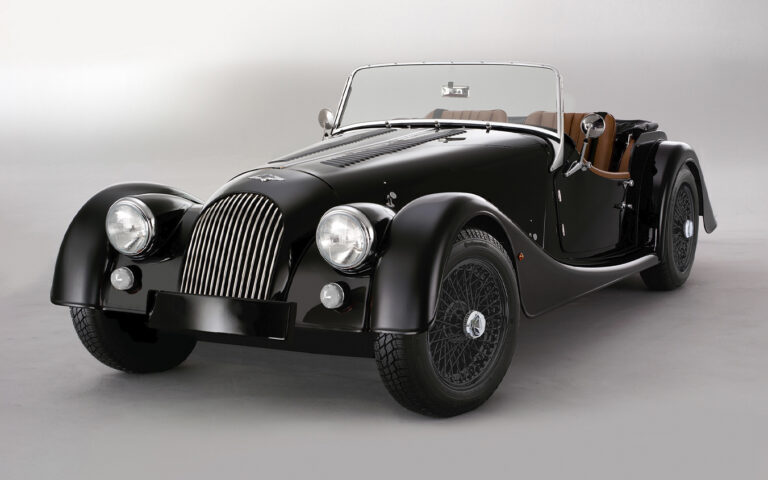ATS. Unfortunate meteor. The Rarest Brands in the Top 100 Collections
20 January 2023 4 min read 7 images

When the ATS Tipo 100 Formula 1 car was presented at Hotel Baglioni in Bologna, in the winter between 1962 and 1963, there was a small detail that did not escape the attention of the media and gave everyone an indication of the precariousness of a project that was as ambitious as it was reckless. The engineer Carlo Chiti, who had left Ferrari a few months earlier, while praising his new-born creature, mentioned its compactness and its low drag coefficient.
Register to unlock this article
Signing up is free and gives you access to hundreds of articles and additional benefits. See what’s included in your free membership. See what's included in your free membership.
Already have an account? Log In



